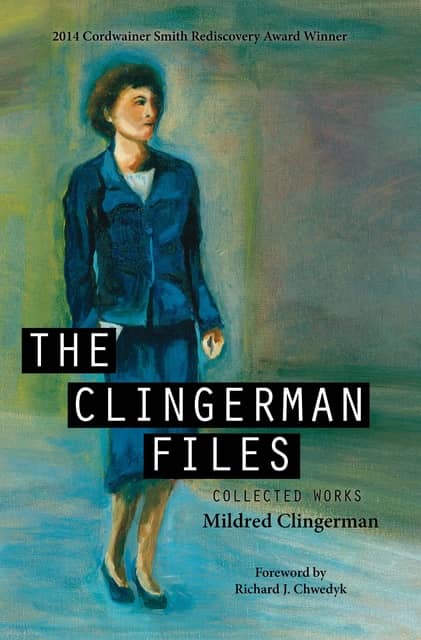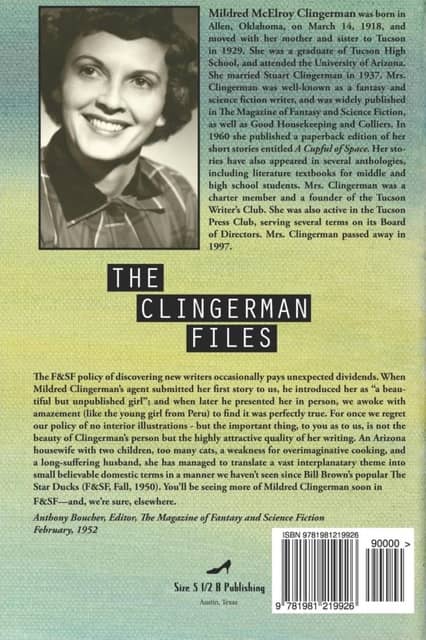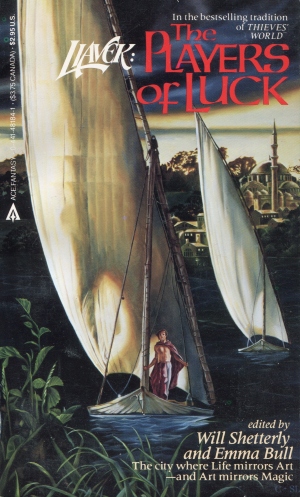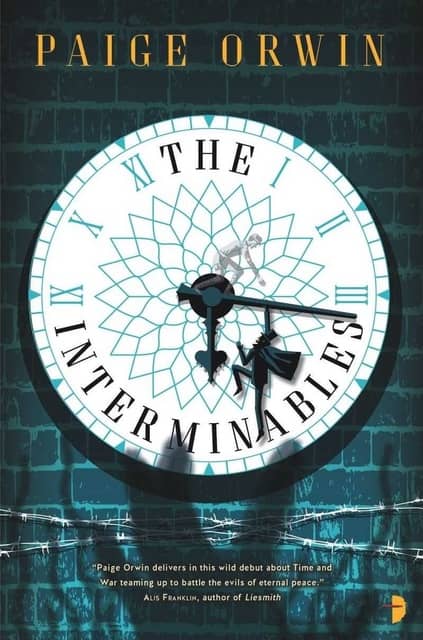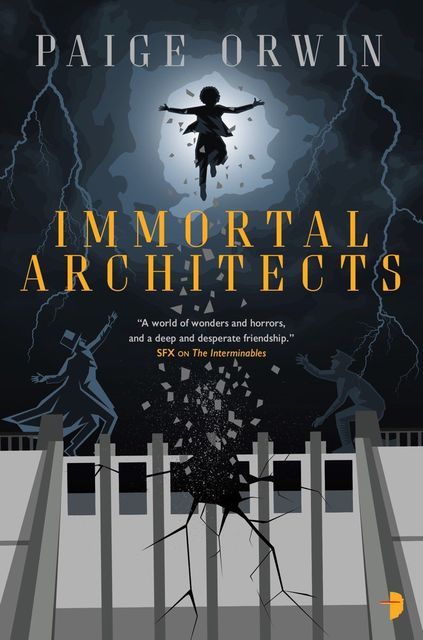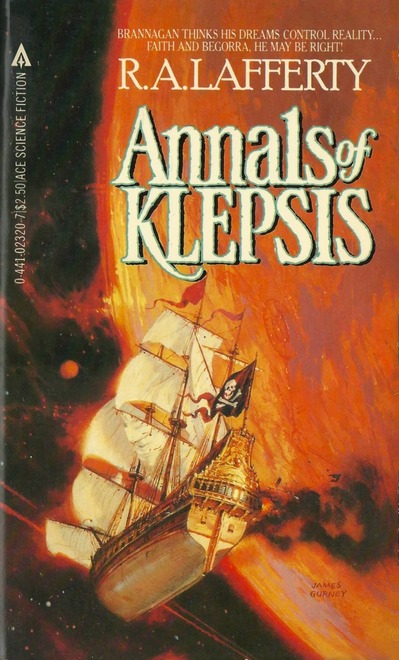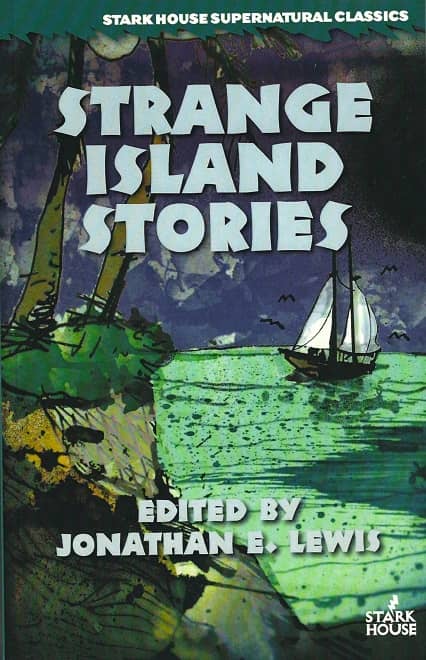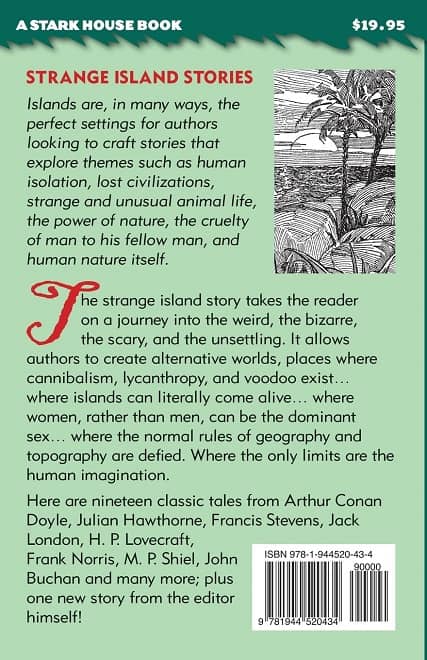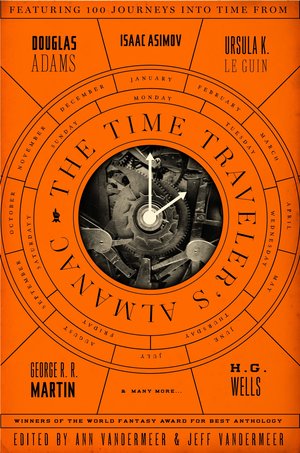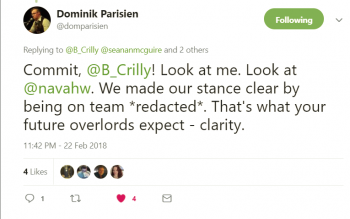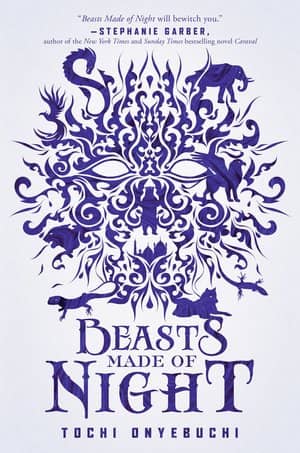Space Pirates, Stowaways, and a New Frontier: Rich Horton on The Planet Strappers by Raymond Z. Gallun
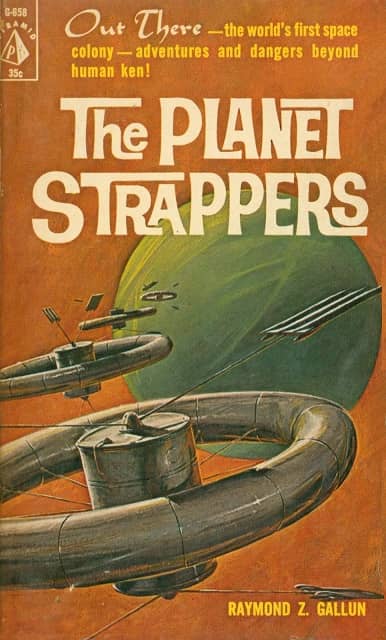 |
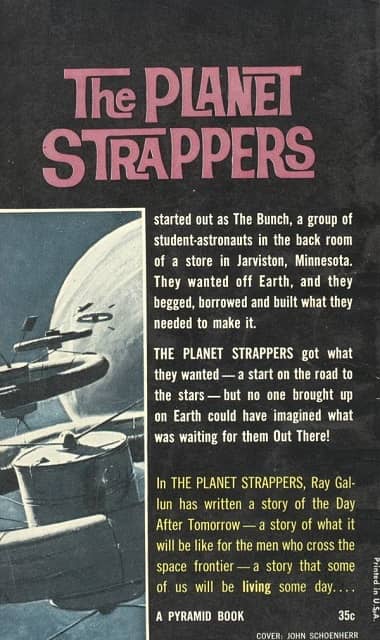 |
Over at his website Strange at Ecbatan, Rich Horton continues to do excellent work highlighting books old and new. Check out his review of John Crowley’s new novel Ka earlier this week to see what I mean. Rich calls it “Wonderful… I feel humbled by my inability to truly capture the wonder of this book.”
Of course, for crusty old vintage paperback fans like myself, the real joy of Rich’s blog is in his almost whimsical selections of older titles. While he makes a focused effort to read the major new novels each year in preparation for Hugo voting (see his detailed thoughts on the 2018 Hugos here), when it comes to older books he seems perfectly content to review whatever library discard falls into his hands each week.
That gives his blog a delightfully unpredictable quality. No one in their right mind, for example, would review Raymond Z. Gallun’s The Planet Strappers, an undistinguished novel that was hurriedly forgotten a few short weeks after it appeared in 1961. But Rich would. You have to salute that kind of undaunted faith in the genre.
The truly marvelous thing about Rich’s exploration into the dimmest recesses of science fiction is how he manages to find so much genuine enjoyment in it all. And it ain’t generally due to the books. Rich has an almost unique ability to make fascinating connections between writers, pick up the nearly invisible threads of evolving tropes, and find enjoyment in the echoes of great ideas lost in muddled plot lines. A ridiculous plot, Rich has taught me, needn’t trouble you so much when it’s paired with a fascinating setting or a clever idea — especially when you can see how that idea was harvested and put to use years later by the writers that follow.
